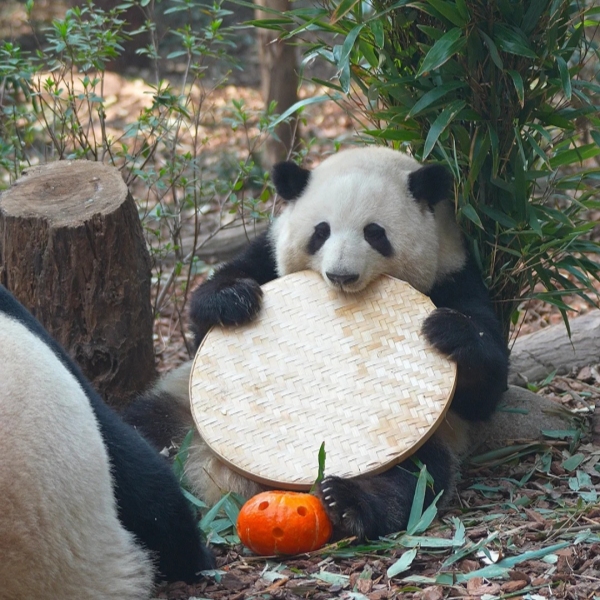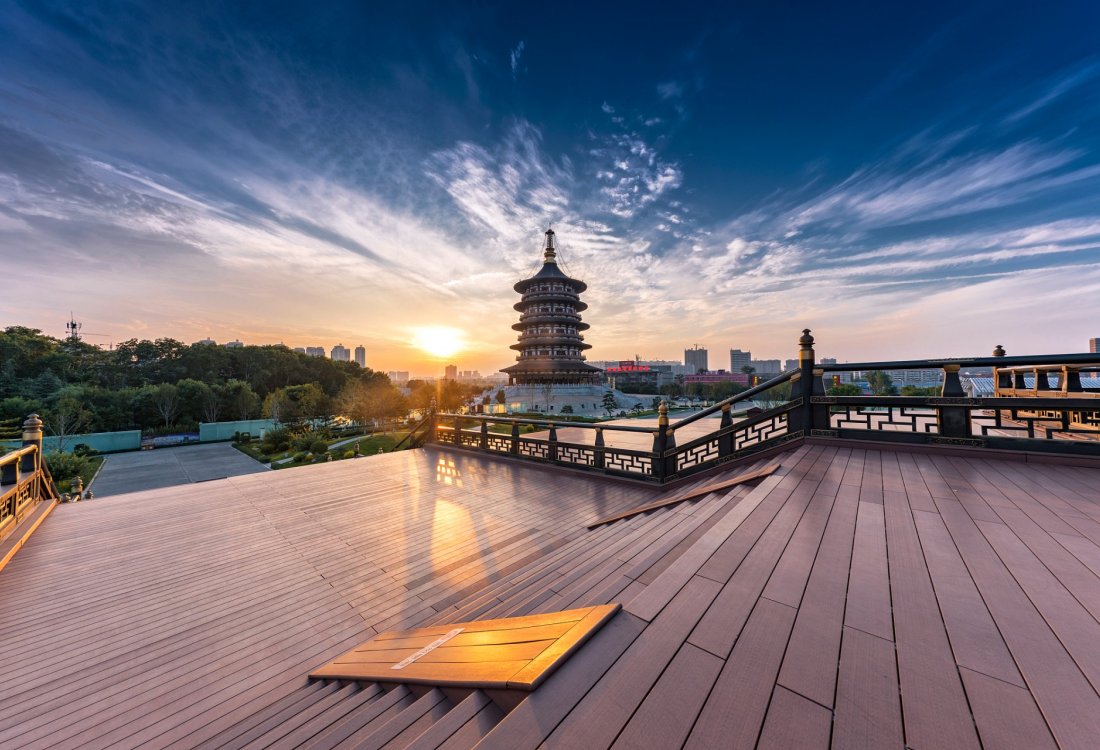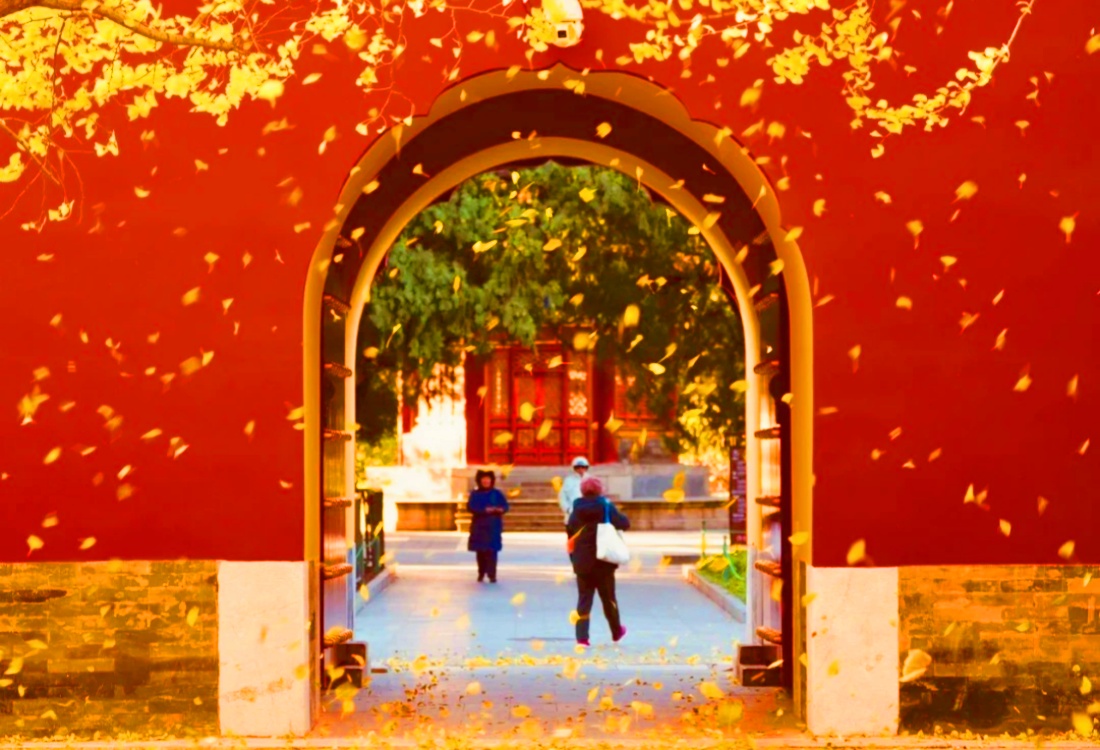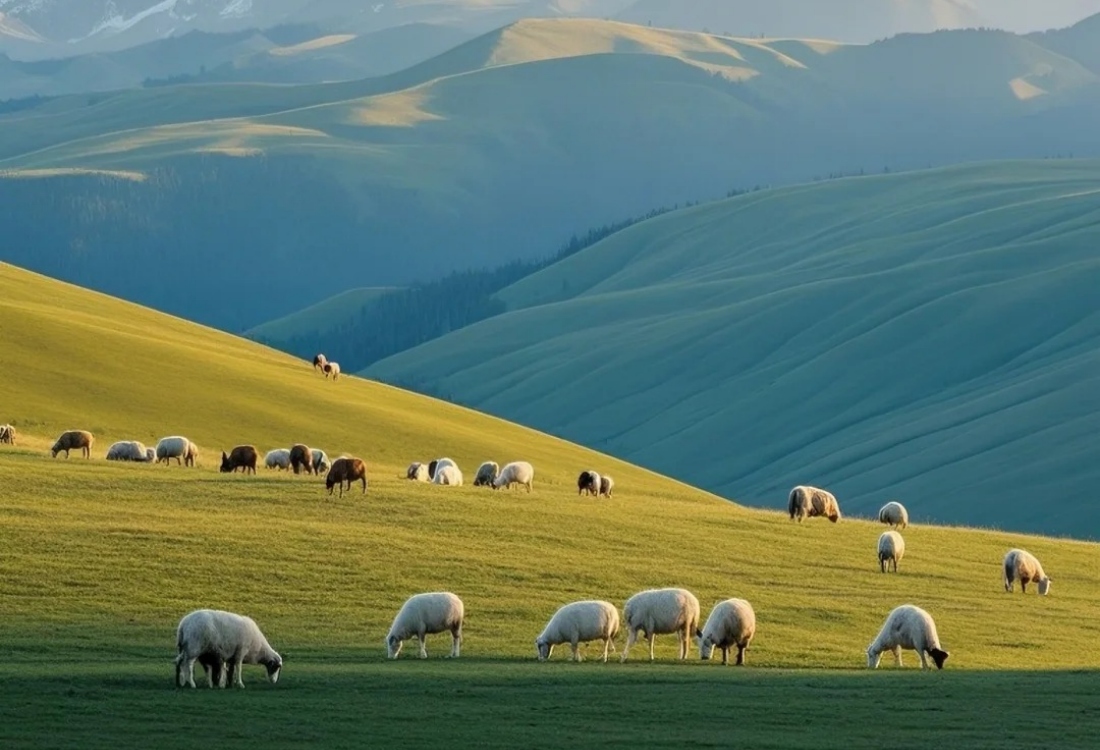Table of Contents
ToggleThis guide will walk you through Chengdu’s seasons, helping you pinpoint the perfect time to Chengdu, ensuring a trip filled with delightful discoveries and minimal hassle. Famous as the beloved home of the giant panda, Chengdu also tantalizes with its fiery Sichuan cuisine, serene teahouses, and rich cultural tapestry. But to truly capture its essence, timing your visit is key. Spring (March to May) and Autumn (September to November) are widely acclaimed for offering the most pleasant weather in Chengdu, ideal for exploring and enjoying vibrant natural scenery.
Spring (March to May): Active Pandas and Flower Blooms
Spring in Chengdu is a delightful period, with temperatures gradually warming from a cool 10°C in March to a pleasant 26°C by May. Rainfall is generally moderate, and you can expect an increasing number of sunny days. This season sees the city burst into life with vibrant colors as cherry, peach, and pear blossoms adorn parks and countryside areas like the Chengdu Botanical Garden and Longquan Yi District, famous for its peach blossoms.
Panda Activity and Recommended Excursions in Chengdu During Spring
This is an excellent time to visit the Chengdu Research Base of Giant Panda Breeding. The mild temperatures mean the pandas, including the adorable cubs, are more active and likely to be seen playing outdoors, especially during their feeding times in the morning (typically 8:00 AM to 10:00 AM). Spring is also perfect for exploring nearby natural wonders like Mount Qingcheng, one of the birthplaces of Taoism, or venturing a Jiuzhaigou tour for the breathtaking landscapes.
Packing Essentials for Spring in Chengdu
Pack layers, including light jackets or sweaters, as mornings and evenings can be cool. An umbrella or light raincoat is advisable for occasional spring showers. Comfortable walking shoes are a must for exploring Chengdu.
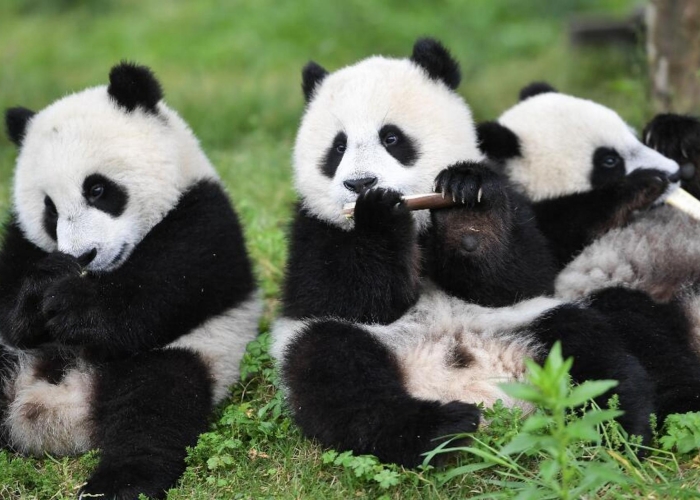
Summer (June to August): Embracing the Heat and Humidity
Weather Conditions in Chengdu in Summer
Summer in Chengdu is characterized by hot and humid weather, with average temperatures often ranging from 25°C to 30°C (77°F to 86°F), sometimes climbing higher. July and August are typically the wettest months, with the possibility of heavy downpours and increased humidity, which can make extensive outdoor exploration less comfortable.
Things to Do in Chengdu During Summer
During the summer heat, giant pandas tend to be less active outdoors, often preferring their air-conditioned enclosures. However, early summer (June) can be more moderate. This season is a good time to explore Chengdu’s excellent indoor attractions, such as the Sichuan Museum, Jinsha Site Museum, or enjoy the cool air of nearby mountain resorts like Mount Emei or Jiuzhaigou Valley.
Chengdu Travel Tips in Summer
If visiting Chengdu in summer, pack light, breathable clothing, use sun protection (sunscreen, hats), and stay hydrated. An umbrella will be useful for both sun and rain.

Autumn (September to November): Golden Hues and Comfortable Explorations
Weather in Chengdu in Autumn
Autumn offers the most comfortable weather for sightseeing Chengdu. Temperatures typically range from 15°C to 25°C, with lower humidity and significantly less rainfall than summer, making it one of the driest periods. The city is painted in warm autumnal colors, with golden ginkgo leaves creating stunning vistas in places like Renmin Park and along city streets.
Panda Activity and Cultural Highlights in Chengdu
Pandas remain active and visible during autumn in Chengdu. The crisp, clear weather is also ideal for day trips to historical sites such as the Leshan Giant Buddha or hiking on Mount Emei. Autumn is harvest season, offering food lovers a chance to savor fresh, seasonal Chengdu delicacies. You might also encounter local festivals, adding a vibrant cultural dimension to your visit.
Packing Essentials for Autumn
Light sweaters, long-sleeved shirts, and a comfortable jacket are suitable. While rain is less frequent, a compact umbrella is still a good idea. As always, comfortable footwear is key.
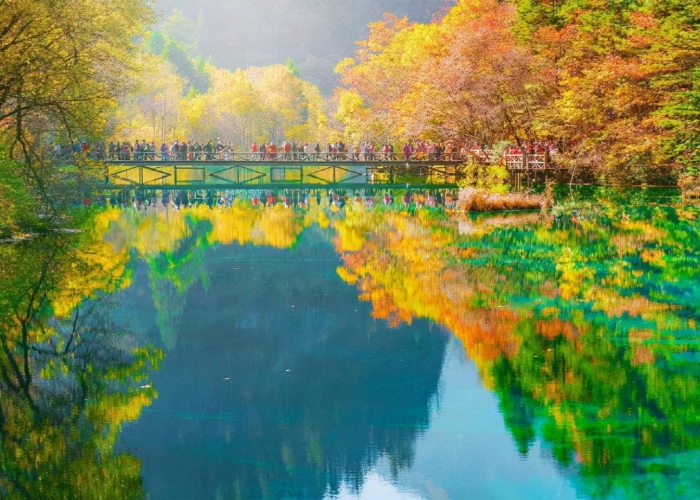
Winter (December to February): Quiet Charm and Hotpot Season
Weather in Chengdu in Winter
Winter in Chengdu is relatively mild compared to northern China, with average temperatures typically between 5°C and 10°C (41°F to 50°F). It’s often cloudy, damp, and can feel quite chilly due to the humidity. Snowfall in the city itself is rare, though surrounding mountains like Xiling Snow Mountain receive snow and offer skiing opportunities. December is generally the driest winter month.
Activities in Chengdu in Winter
Winter is an excellent time to indulge in Chengdu’s famous hot pot to warm up. Indoor cultural experiences like visiting museums, attending a Sichuan Opera performance (featuring the famous “face-changing” art), or exploring teahouses are also enjoyable. A significant advantage of visiting in winter is the reduction in tourist crowds, leading to a more tranquil experience at popular sites.
Chengdu Travel Tips in Winter
Pack warm layers, including sweaters, a warm coat, gloves, and a scarf. Since days are shorter and can be overcast, plan outdoor activities for earlier in the day.

Year-Round Guide to Chengdu: Activities and Weather Summary
|
Season |
Avg.Temp Range(℃) |
Weather Highlights |
Key Activities |
Panda Activity Level |
|
Spring (Mar-May) |
15-26°C |
Pleasant, blooming flowers, moderate rain |
Panda Base, parks (e.g., Chengdu Botanical Garden), Mount Qingcheng, blossom viewing (e.g., Longquan) |
Very High (especially mornings) |
|
Summer (June-Aug) |
25-30+°C |
Hot, humid, frequent & potentially heavy rainfall |
Indoor sites (Sichuan Museum, Jinsha Site Museum), mountain escapes (Mount Emei, Jiuzhaigou) |
Moderate (pandas often seek shade) |
|
Autumn (Sep-Nov) |
15-25°C |
Cool, crisp, dry, colorful foliage (ginkgo leaves) |
Panda Base, city exploration (Renmin Park, Jinli Street), Leshan Giant Buddha, Mount Emei |
High |
|
Winter (Dec-Feb) |
5-10°C |
Mildly cold, damp, often overcast, occasional light snow |
Museums, hot pot, Sichuan Opera, teahouses, Xiling Snow Mountain (skiing) |
Moderate |
Avoiding Peak Crowds in Chengdu: Navigating Public Holidays
Chengdu is a popular destination for domestic tourists. To avoid significant crowds, higher prices, and potential travel disruptions, it’s wise to steer clear of major Chinese public holidays. These include:
- Labor Day (May Day): Typically May 1st to 5th.
- National Day (Golden Week): October 1st to 7th.
Traveling just before or after these periods can offer a much more relaxed experience.
Frequently Asked Questions (FAQs)
What is the absolute best single month to visit Chengdu?
While the periods of March-May and September-November are generally ideal, if pinpointing specific months, April, May, September, and October often stand out. These months typically offer the best balance of pleasant temperatures, lower chances of heavy rain, beautiful natural scenery (blossoms in spring, foliage in autumn), and optimal conditions for panda viewing.
How many days should I plan for a trip to Chengdu?
A typical visit to Chengdu itself usually lasts around 3 to 4 days. This allows enough time to visit the Giant Panda Research Base, explore Chengdu key attractions like Jinli Ancient Street, Wenshu Monastery, and Renmin Park, and savor the local cuisine. If you plan to take day trips to nearby significant sites such as the Leshan Giant Buddha, Mount Qingcheng, or Dujiangyan Irrigation System, you should add an extra day for each.
Is English widely spoken in Chengdu?
While English is commonly spoken in major tourist hotels, at popular tourist attractions, and by some younger people, it is generally not widely spoken by the general public, including taxi drivers and shopkeepers in smaller establishments. It’s highly recommended to have a good translation app on your phone, carry a card with essential addresses (like your hotel) written in Chinese, and perhaps learn a few basic Mandarin phrases. This will greatly enhance your travel experience.
What is Chengdu famous for besides giant pandas?
Chengdu is renowned for several unique aspects beyond its beloved pandas:
- Sichuan Cuisine: It’s a UNESCO City of Gastronomy, famous for its spicy and flavorful dishes like Kung Pao Chicken, Mapo Tofu, and especially Sichuan Hot Pot.
- Teahouse Culture: Chengdu has a deeply ingrained and relaxed teahouse culture, where locals gather to chat, play mahjong, and sip tea for hours.
- Sichuan Opera: Known for its vibrant costumes, music, and the mesmerizing art of “Bian Lian” (face-changing).
- Rich History and Culture: With a history spanning over 2,300 years, Chengdu is home to ancient sites like the Jinsha Site Museum, Wuhou Shrine, and the Dujiangyan Irrigation System (a UNESCO World Heritage site nearby).
- Laid-back Lifestyle: Despite being a major metropolis, Chengdu is known for its slower pace of life and relaxed atmosphere, often referred to as “Shu-style” leisure.


